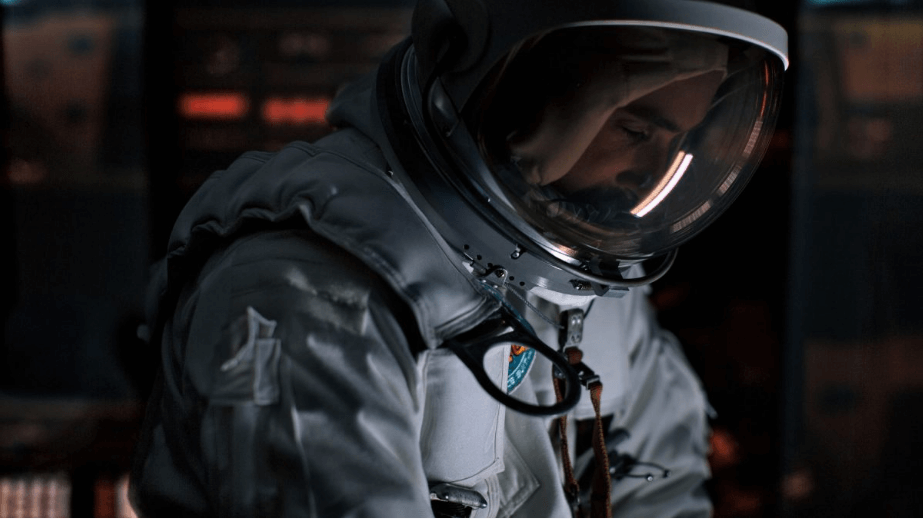Big quote: "HPE has a longstanding collaboration with NASA Ames, and together, we continue to build innovative HPC technologies to fuel space and science discovery that increase overall efficiency and reduce costs,” said Bill Mannel, vice president and general manager, HPC and AI, at HPE. “We are honored to have designed the new Aitken supercomputer and power capabilities for humanity’s next mission to the moon.”

Hewlett Packard Enterprise (HPE) has announced it has designed a new supercomputer, Aitken, that will be deployed by NASA to power future missions to the moon. Specifically, Aitken will support NASA's Artemis program with calculations, modeling, and simulations of entry, descent, and landing (EDL) on the moon. Aitken is a product of a four year, multi-phase partnership between HPE and NASA Ames Research Center.
Under the hood, Aitken is based on HPE's SGI 8600 HPC platform, which is a tray-based, scalable supercomputer cluster. Last year, HPE was contracted to deliver seven supercomputers to the Department of Defense, all of them SGI 8600 clusters. Additionally, NASA Ames is also the proud owner of Electra, an HPE SGI 8600-based supercomputer that is currently ranked 37 on the Top500 list.

Shown above: Pleiades, a petascale supercomputer housed at NASA Ames Research Center.
Aitken will consist of 1,150 nodes, with each node using two 20-core second generation Intel Xeon Scalable processors and Mellonox InfiniBand interconnects. Total numbers for Aitken come to 46,080 cores and 221TB of memory across 1,150 nodes for 3.69 petaflops of theoretical peak performance.
Aitken will reside at NASA Ames' new modular supercomputing facility, which had its grand opening last Thursday. The new facility is based on a Modular Data Center (MDC) design, and can accommodate 16 modules, with Aitken claiming the first. Aitken will aid in landing astronauts on the South Pole region of the moon by 2024, as part of NASA's Artemis program.
A ribbon-cutting ceremony was held Thursday to celebrate the grand opening of our Modular Supercomputing Facility! The Aitken supercomputer in the energy-efficient building will support the return of humans to the Moon as part of our #Artemis program: https://t.co/6wX3uE9QPT pic.twitter.com/1dcF29ZtDG
— NASA Ames (@NASAAmes) August 24, 2019
https://www.techspot.com/news/81596-hpe-builds-supercomputer-nasa-aimed-future-moon-missions.html